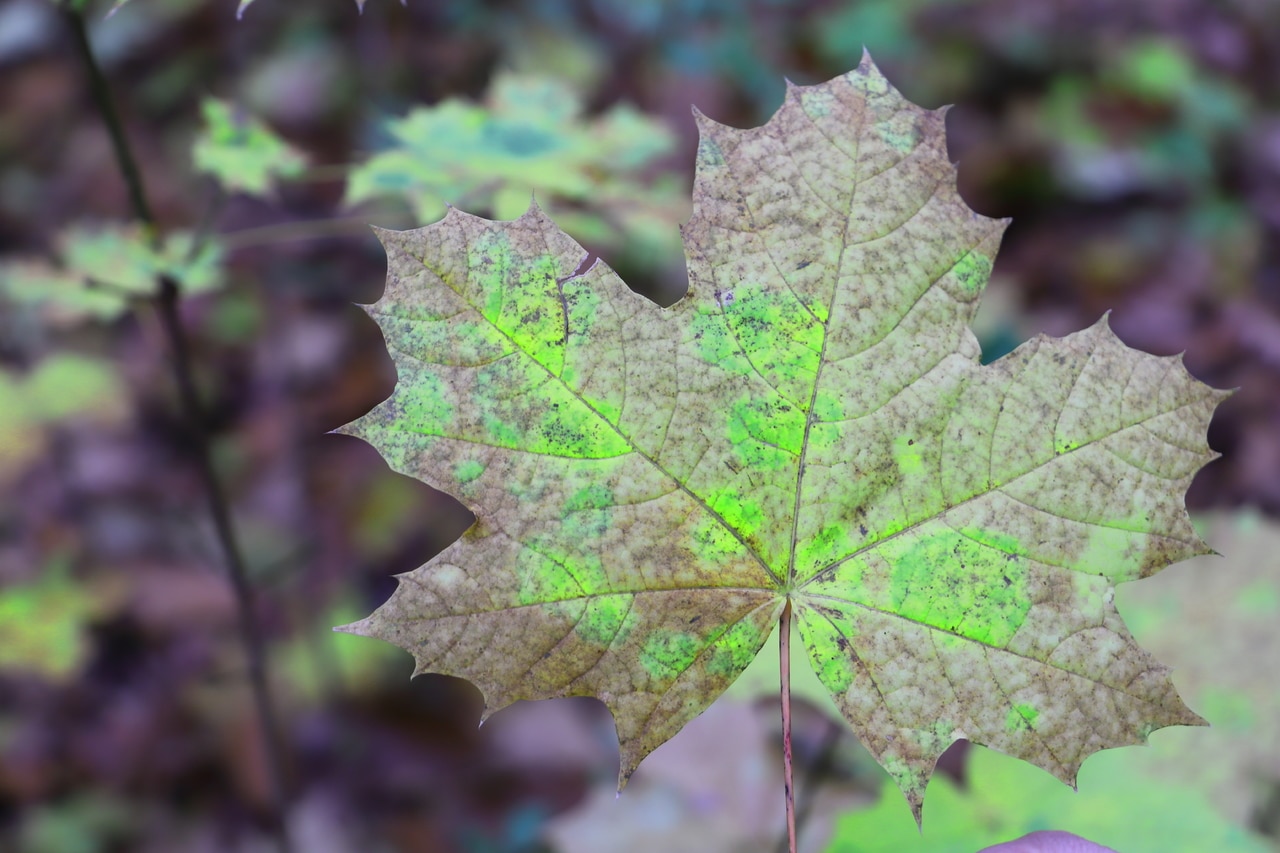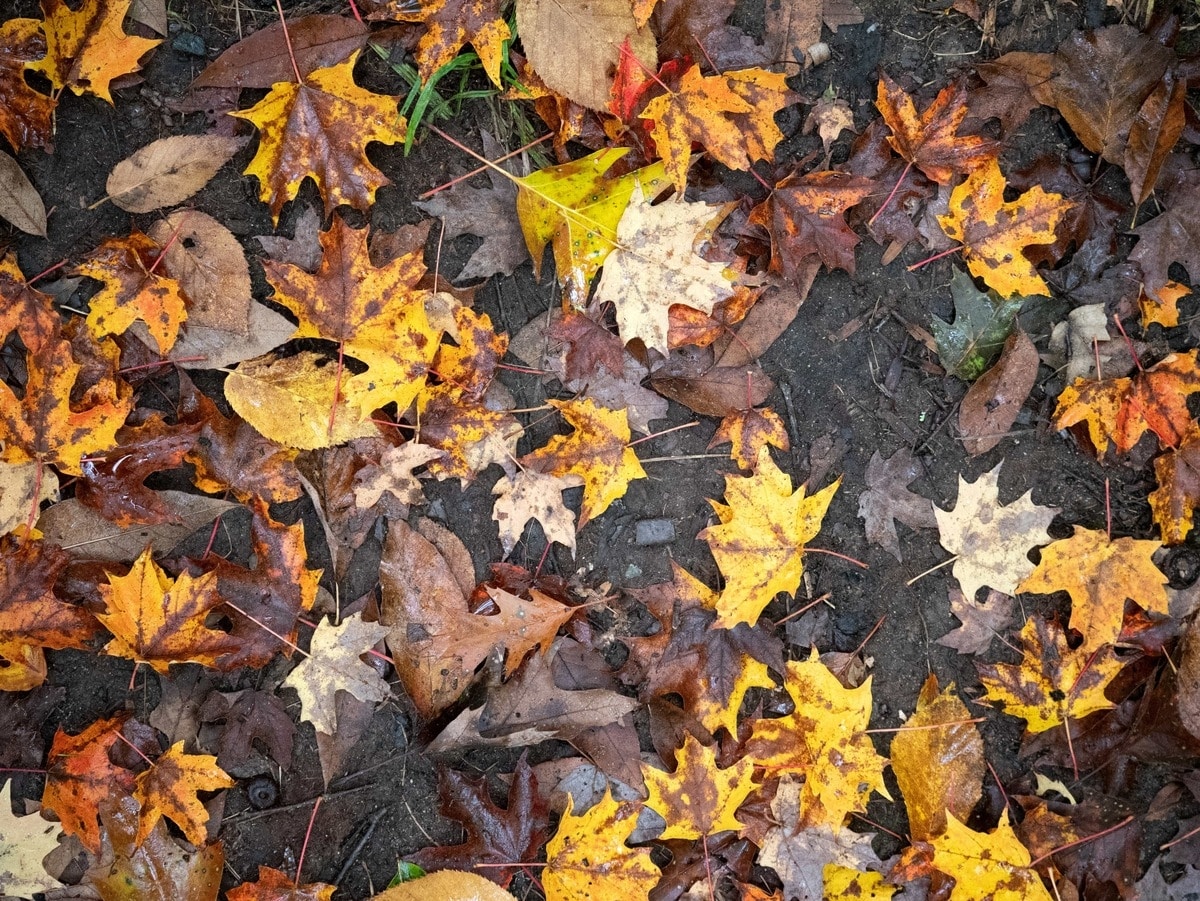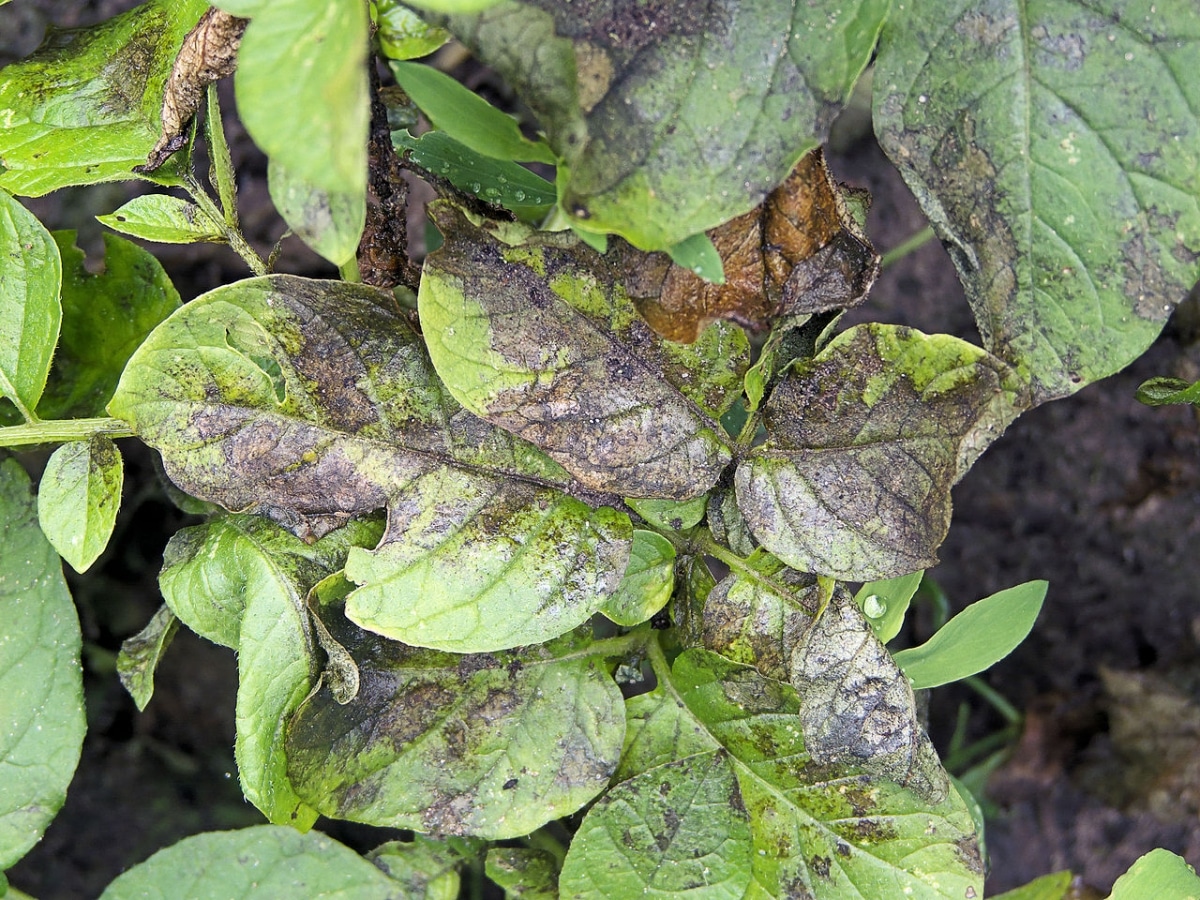
When plants have a problem, the first visible symptoms often appear on the leaves.. White or yellow spots, dry tips ... or worse, necrosis. Their death is undoubtedly what most often draws our attention, and therefore what worries us the most.
But Why do black leaves get on plants? As there are several causes, we want to explain them all so that you can know what is happening to your plants and how to act to recover them.
Before they turn black, they turn yellow

This is important for you to be clear about. No leaf will turn black without first turning yellow or losing its natural color. Leaf necrosis, that is, their blackening or death, is the end result of a problem that has not been solved, or of aging itself.
And it is that black leaves are not always a sign that we are making a mistake in the cultivation. But let's see it in detail below.
Why are the leaves black?
There are a few reasons why plant leaves turn black. It is highly recommended to know all of them, since this will make it easier for you to identify the cause of this necrosis:
Natural aging
The leaves are living organisms, but not immortal; not even those of evergreen plants. Those of some plants only live a few months, others change every X years.. Everything will depend on the climatic conditions in the area, as well as its own genetics.
For example, in temperate regions there are plants that run out of them in autumn-winter, in dry tropical ones they do so when the dry season begins, they are deciduous. And there are also those that remain with the same leaves for years, and others that are gradually renewing them, which are evergreen.
Obviously, If your plant throws its leaves when it touches, you will not have to worry about anything.
They lack nutrients

Image - Flickr / S BV
How to know if a plant lacks 'food'? Viewing its leaves, of course. As we said at the beginning, they tend to turn yellow first, and later black. Why? Because the necessary measures have not been taken before that happens. Now, depending on what nutrient is missing, the symptoms will be one or the other:
- Yellow leaves with green nerves: lack of iron or manganese. In the first case the nerves will look very, very green; not in the second case. A compost rich in these nutrients will correct this problem. Here you can get one rich in iron.
- Leaves with yellow spots or edges of that color: lack of potassium. It can be solved with fertilizers rich in this nutrient, such as guano (for sale here).
- Yellow sheets: lack of nitrogen. If your plant lacks this nutrient, you have to fertilize it with guano or urea.
- Leaves that turn whitish or yellowish except for the veins: lack of magnesium. Any fertilizer that contains this nutrient, such as many foliar fertilizers, or algae fertilizer (for sale here), will do.
They have burned
The leaves can easily turn black if the sun hits them directly without being used to it, or when they are not prepared to bear it. (For example, plants that live under the shade of trees burn when exposed to the sun's rays). But beware, it can also happen having them indoors near a window, since the so-called magnifying glass effect occurs; that is, when the rays pass through the glass and hit the surface of the sheet, it burns it.
What to do? You have to move them away from that place, take them to a more sheltered place. When buying a plant it is very important to take into account its need for light, that is, whether it is sun or shade. At the moment of acquiring them we can already get an idea, just by seeing where they have them: if they were outside in the sun, it is because they need me to give them directly; if they were in shadow, the same. The only thing, of the plants that they have as "indoor" you have to know that there are some that need a lot, a lot of light, such as Ficus or palm trees.
They have mushrooms

Image - Wikimedia / Rasbak
Fungi are microorganisms that are not seen with the naked eye, except when they have already invaded the plant enough. They like humidity very much, so they will show up when the soil stays wet too long, to the point that the roots weaken. The first visible symptoms are yellowing of the leaves, stems that become soft, or the appearance of white (or moldy) spots on some part of the plants. But when the disease progresses the leaves begin to die, turning brown or black.
To do? The first thing is remove the parts that are black, as they cannot be recovered. Afterwards, it is highly recommended to change the soil for a new one, whenever possible and without manipulating the roots. Often this will not be possible, since the root ball will be very well formed, so we will only remove the one that is loose.
Then, we will leave the plant in a place protected from the sun and dry, without planting it yet in the pot, for 12 hours. And after that time, we will plant it in a new container with new soil, and treat with a fungicide that contains copper (for sale here). From then on, you have to space out the risks.
We hope you have found out what is wrong with your plant, and can get it back. Cheer up.